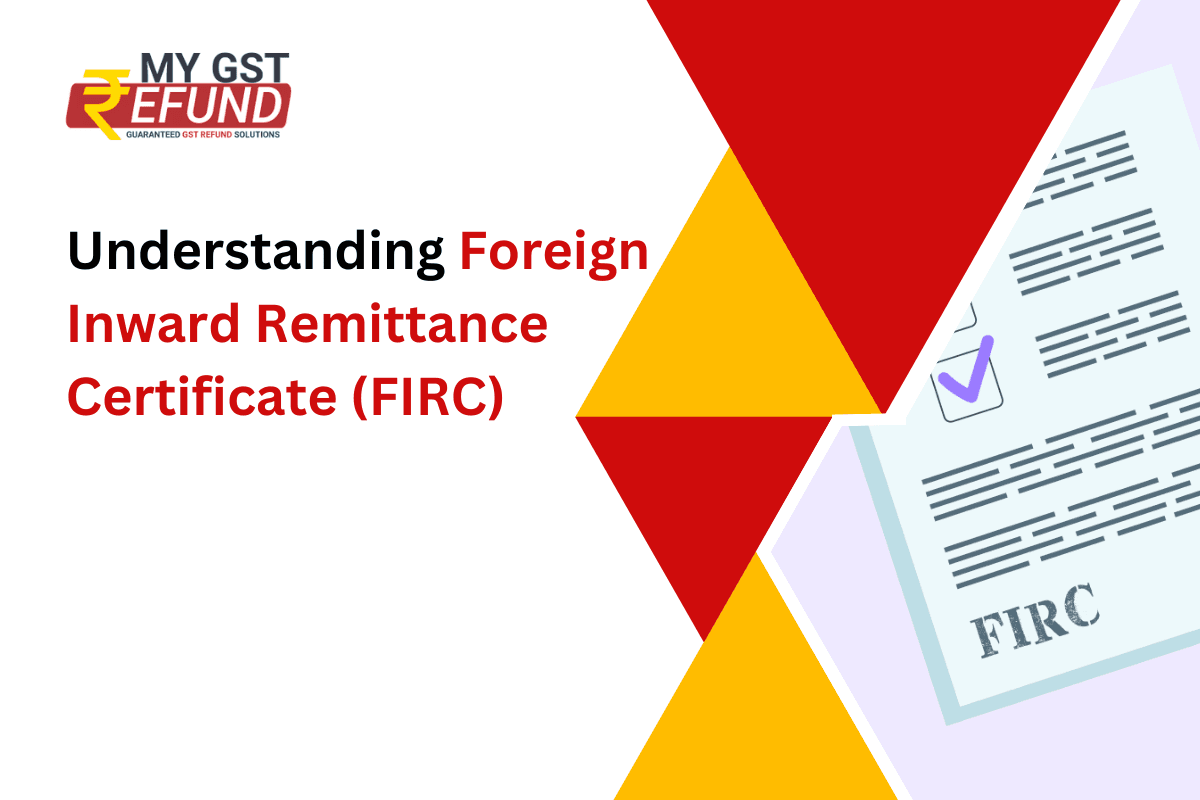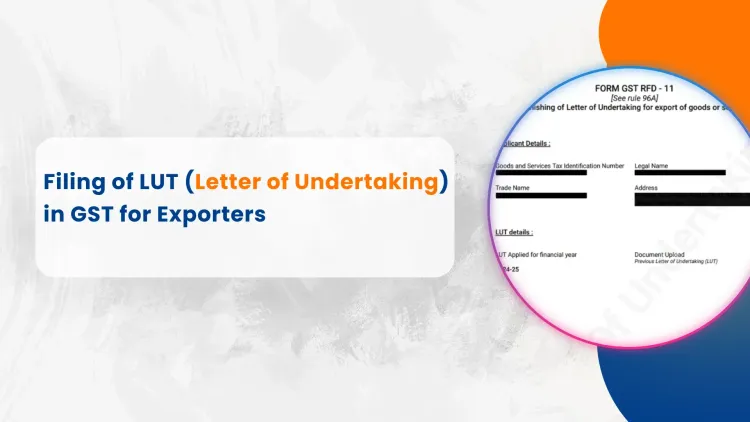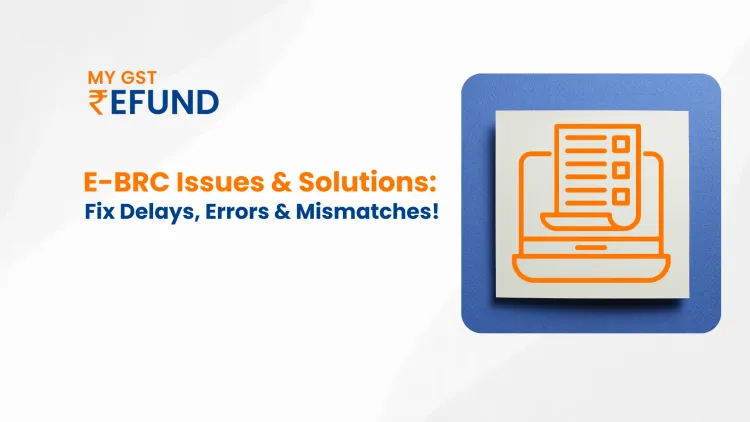Understanding Foreign Inward Remittance Certificate (FIRC)
Published on: Wed Nov 29 2023
The Foreign Inward Remittance Certificate (FIRC) is indeed a crucial document in the context of international transactions in India. It serves as proof that an inward remittance, or foreign funds, has been received by an individual or business in India. The FIRC is issued by the bank receiving the funds and contains key information about the transaction.
The FIRC is particularly important for exporters who receive payments in foreign currency. It acts as evidence of the transfer and is often required for various purposes, including customs clearance and compliance with the Directorate General of Foreign Trade (DGFT) regulations. The FIRC helps authorities track and monitor foreign transactions, preventing misuse or illegal activities such as money laundering.
Key information included in an FIRC
Details of Remitter: Information about the entity or individual sending the funds from abroad.
Details of Recipient: Information about the entity or individual in India receiving the funds.
Amount and Currency: The specific amount of money received and the currency in which it was remitted.
Purpose of Remittance: The reason for the remittance, which can include payments for services, investments, gifts, or other transactions.
Date of Remittance: The date when the funds were received in the Indian bank account.
Also Read : Understanding India's MEIS Scheme
How to get FIRC?
Getting a Foreign Inward Remittance Certificate (FIRC) involves a specific process that typically requires coordination with your bank. Here's a step-by-step guide on how to obtain a FIRC:
1. Understand the Purpose
Before you begin the process, it's crucial to understand why you need a FIRC. Typically, it serves as proof of the inward remittance received from a foreign entity. This document is often required for various purposes, including compliance with regulatory norms, record-keeping, and verification of foreign exchange transactions.
2. Contact Your Bank
Initiate the process by contacting your bank, specifically the branch where you maintain the account through which the foreign funds were received. Provide the necessary details and express your intention to obtain an FIRC.
3. Submit a Request Letter
Banks usually require a written request from the account holder or the entity receiving the funds. Draft a formal letter to the bank requesting the issuance of a FIRC. Include details such as the purpose of the remittance, the amount received, the currency, and any other relevant information.
4. Provide Supporting Documents
Along with your request letter, you will likely need to submit supporting documents. These documents may include the original foreign bank credit advice, a copy of the invoice related to the transaction, and any other documents the bank deems necessary. Ensure that you have all the required paperwork to facilitate a smooth process.
5. Bank Verification and Processing
Once you've submitted the request letter and supporting documents, the bank will verify the information and process your request. This may take some time, depending on the internal procedures of the bank. Be prepared to wait for the bank to complete the necessary checks.
6. Collect the FIRC
Once the bank processes your request, they will issue the FIRC. You can collect the FIRC from the branch where the request was initiated. Some banks may also provide an electronic version of the FIRC, which can be sent to your registered email address.
7. Keep Copies for Record-Keeping
Make multiple copies of the FIRC for your records. It's advisable to keep both physical and digital copies in a secure location, as you may need to present them for various purposes, such as customs clearance, compliance audits, or financial reporting.
8. Verify Information on the FIRC
Before concluding the process, carefully review the information on the FIRC to ensure accuracy. If you spot any discrepancies, address them with the bank promptly to avoid potential issues in the future.
By following these steps and maintaining open communication with your bank, you can successfully obtain a Foreign Inward Remittance Certificate to meet your business or personal requirements.
Also Read: Understanding India's MEIS Scheme
How FIRC Supports Export and Import Transactions?
The Foreign Inward Remittance Certificate (FIRC) plays a crucial role in supporting export and import transactions in India. Here's how FIRC supports these activities:
1. Proof of Inward Remittance
For Exporters (Sellers): When Indian exporters sell goods or services to international buyers, they often receive payments in foreign currency. The FIRC serves as proof that the payment has been received from abroad.
2. Customs Clearance
For Importers (Buyers): When importing goods into India, the Customs Department may require documentation to verify the payment made to foreign sellers. The FIRC acts as evidence of the payment and supports the customs clearance process for imported goods.
3. Compliance with DGFT Regulations
The Directorate General of Foreign Trade (DGFT) in India regulates the country's foreign trade policies. FIRC is often a mandatory document for compliance with DGFT regulations.
For Exporters: FIRC is required for claiming export incentives and benefits such as Duty Drawback and Merchandise Exports from India Scheme (MEIS).
For Importers: It may be required for specific import transactions, especially where documentation of foreign payments is necessary for compliance.
4. Exchange Control Regulations
FIRC is essential for compliance with exchange control regulations. It helps in tracking foreign exchange transactions and ensures that they are conducted in accordance with the country's legal and regulatory framework.
5. Bank Verification
Banks issue the FIRC, and the certificate provides verification by a financial institution that the funds have been received from abroad. This verification is crucial for both importers and exporters in establishing the legitimacy of the transaction.
FIRC RBI guidelines
In accordance with guidelines from the RBI and FEDAI (Foreign Exchange Dealers Association in India), only AD Category I banks in India have the authority to issue the Foreign Inward Remittance Certificate (FIRC). The government phased out the physical FIRC in 2016, except for cases involving Foreign Direct Investment (FDI) and Foreign Institutional Investment (FII), and introduced an electronic version known as e-FIRC.
Physical FIRC
The discontinuation of physical FIRC in 2016 necessitated an alternative process. Remitter banks now provide a statement, advice, or No Objection Certificate (NOC) to the recipient's home bank, facilitating the issuance of an e-FIRC.
Electronic FIRC (e-FIRC)
As per RBI regulations, AD Category I banks are mandated to report all money transfers to India, including inward remittances, on the Export Data Processing and Monitoring System (EDPMS). This reporting encompasses any outstanding transfers or advances received for the export of goods, services, or software. Upon receiving the necessary documentation—advice, statement, or NOC—from the remitter bank, along with other required documents, the recipient's home bank generates an Inward Remittance Message (IRM) on the EDPMS.
Is FIRC mandatory for a GST refund?
The Foreign Inward Remittance Certificate (FIRC) functions as evidence of foreign currency remittances received by an exporter or a company in India. To be eligible for a Goods and Services Tax (GST) refund on exported services or goods from India, the submission of FIRC is a prerequisite. The document plays a crucial role in verifying the authenticity of payments received from international entities, safeguarding against fraudulent claims for GST refunds. Without FIRC, the request for a GST refund in the context of service and goods exports may be declined, making it a mandatory component of the refund claim process.
Related Posts





